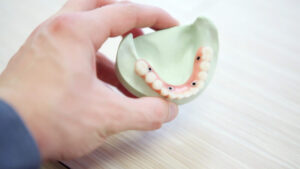
Tartar And Plaque:Remove Methods Without A Dentist
Tartar and plaque, known as dental calculus, form on teeth when plaque accumulates and starts to harden. Not only is tartar visually unappealing, but it
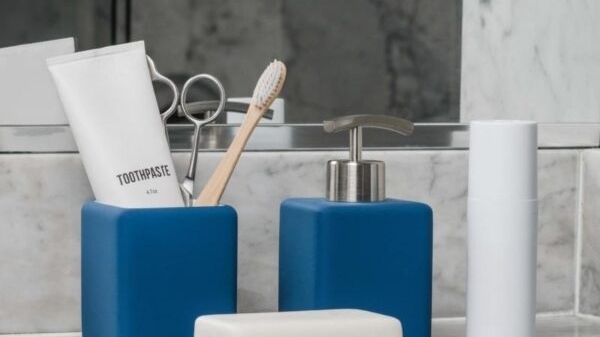
Keeping your toothbrush germ-free is important for good oral hygiene. But thoroughly cleaning a toothbrush can be difficult, allowing bacteria and viruses to accumulate on the bristles.
This is where UV toothbrush sanitizers come in. These devices promise to disinfect your toothbrush using ultraviolet light. But do they really work?
UV light has been shown to kill microorganisms, leading many companies to market UV sanitizing devices for toothbrushes.
However, some dentists argue that UV light may not penetrate deep enough into the bristles to sanitize the entire toothbrush. This article reviews the evidence on both sides of the debate over UV toothbrush sanitizers.
We’ll examine how these devices work, look at studies testing their effectiveness, and provide recommendations on whether a UV sanitizer is worth purchasing for your oral health routine.
UV toothbrush sanitizers work by exposing the bristles to UV-C light for a set amount of time, which damages the DNA and RNA of bacteria and viruses, effectively killing them.
UV light disinfects by breaking down the molecular bonds in DNA and RNA, which prevents bacteria and viruses from replicating and causes cell death.
Specifically, UV-C light at wavelengths around 260-280 nm is most germicidal. The high-energy photons of UV-C radiation are absorbed by organic molecules like nucleic acids.
This causes photochemical reactions that disrupt the DNA, creating mutations that inhibit replication. Without the ability to replicate, bacteria and viruses can not infect and are essentially deactivated.
Of the three wavelength ranges of ultraviolet light, UV-C has proven the most effective at killing germs. This shortwave UV light has peak disinfection ability at wavelengths between 260-280 nanometers.
At these wavelengths, the high-energy photons are readily absorbed by the DNA and RNA inside microorganisms. Other UV ranges like UV-A and UV-B have longer wavelengths that don’t have as much germicidal effect.
Most UV sanitizing devices use mercury lamps to produce UV-C light because they can emit light at the optimum 265 nm wavelength. UV-C provides the greatest germ-killing action for disinfecting toothbrushes.
UV toothbrush sanitizers are designed to thoroughly expose the bristles and other surfaces of the toothbrush to UV radiation. The user simply inserts their toothbrush into the sanitizing chamber and closes the lid.
The device then turns on the UV lamp for a preset amount of time, typically anywhere from 5 to 10 minutes. During this treatment cycle, the UV light irradiates all sides of the bristles, handle, and toothbrush head to disinfect them.
The optimum exposure time allows sufficient UV energy to react with the microorganisms’ DNA/RNA. After the timed sanitizing process, the UV light is automatically shut off, allowing the user to safely remove their disinfected toothbrush for use.
Studies demonstrate that UV light effectively reduces bacteria on toothbrush bristles; research also shows certain sanitizer models can disinfect toothbrushes, further supported by positive commentary from dental professionals on UV sanitizers.
Multiple studies have tested the ability of UV light to reduce bacteria levels on toothbrush bristles. In one study, toothbrushes were exposed to Streptococcus mutans bacteria and then treated with UV-C light.
The UV exposure reduced bacterial load by over 99%. Another study found that a UV sanitizing device significantly lowered levels of oral Streptococci compared to untreated toothbrushes.
The evidence from these and other studies consistently shows that UV irradiation is effective at decreasing or eliminating harmful oral bacteria that can accumulate on the bristles after brushing. This helps validate the bacteria-killing power of UV toothbrush sanitizers.
Specific UV toothbrush sanitizer products have been scientifically evaluated to assess their disinfection capabilities.
One study tested the Philips Sonicare UV Sanitizer and found it reduced E. coli bacteria by over 99% on toothbrush heads after a 10-minute UV-C exposure. Another independent lab test has verified the ability of certain sanitizers like Violight and Nimbus Models to significantly decrease levels of oral streptococci, E. coli, and other bacteria on toothbrushes.
The research provides evidence that various UV sanitizer models can effectively disinfect toothbrushes when used as directed. Testing the germ-reducing efficacy of individual sanitizing units validates the performance claims of quality UV sanitizer brands.
Many dental health experts lend their support to using UV toothbrush sanitizers as a beneficial oral hygiene tool. Dental organizations like the American Dental Association note UV sanitizers’ effectiveness at killing germs.
Individual dentists recommend using UV sanitizers to supplement manual toothbrush cleaning methods.
Positive dentist reviews praise how UV units like Steripod reduce toothbrush microbial contamination between uses.
Leading dental academics have published studies showing UV sanitizers’ disinfection abilities.
The support from dental professionals in the field adds credibility and expert validation to the ability of UV toothbrush sanitizers to kill bacteria when used properly in conjunction with traditional brushing.
Their expert opinions bolster the evidence for UV sanitizers’ oral health benefits.
While helpful, UV toothbrush sanitizers have limitations like potentially inadequate bristle penetration, exaggerated marketing claims, and the continued need for manual cleaning.
While UV toothbrush sanitizers can kill many germs, there are concerns about the ability of UV light to fully penetrate and disinfect all the bristles. The tightly packed bristles may create shadows that block some of the UV radiation from reaching certain areas.
Also, the radiation may only interact with the outer bristle surfaces and not get deep into the bristle bed near the base.
More research is needed to determine the extent of UV penetration and whether any bacteria could remain partially shielded from exposure. Sanitizers may reduce but not necessarily eliminate all toothbrush microbes.
Some toothbrush sanitizer companies may exaggerate their products’ disinfecting capabilities in their marketing claims. They may assert their UV unit kills 99.9% of germs, but without citing scientific studies to back this up.
Other ads boast their sanitizers completely sterilize toothbrushes, which is likely an overstatement. Consumers should be wary of any unsupported claims about total disinfection.
While UV sanitizers do significantly reduce microbes, they may not eliminate 100% of bacteria and viruses under real-world conditions.
Users should view bold marketing claims skeptically and look for independent testing data supporting a product’s bacteria-killing performance.
While a UV toothbrush sanitizer can decrease microbial contamination, this should not replace proper manual toothbrush hygiene. Users still need to thoroughly clean their toothbrush heads after each use to remove food debris and plaque buildup.
Bristles should be rinsed under running water and allowed to air dry. Storing the toothbrush in a clean, covered holder also helps minimize recontamination.
UV sanitizers provide a useful supplementary sanitizing step but are not a substitute for comprehensive toothbrush care and cleaning.
A combination of diligent manual brushing habits with UV disinfection provides optimal toothbrush hygiene.
When using a UV toothbrush sanitizer, follow tips like allowing complete UV exposure; when purchasing, look for safety certifications and evidence backing disinfection claims; other options include antimicrobial bristles and chemical germ-killing solutions.
To optimize results from your UV toothbrush sanitizer, first, clean the bristles manually after use. Allow the bristles to air dry before placing the entire head and top of the handle inside the sanitizer chamber.
Make sure to close the lid properly so all surfaces get full UV exposure. Run the complete sanitizing cycle and don’t interrupt it.
After the cycle finishes, allow the toothbrush to sit before carefully removing it to avoid recontamination. Store in a clean, covered holder between uses.
Follow all manufacturer’s instructions for proper operation and maintenance.
When selecting a UV toothbrush sanitizer, look for one that is ETL/UL certified for safety. Check that it uses proven germicidal UV-C wavelength light around 260 nm.
The sanitizing chamber should accommodate standard toothbrush sizes and shapes. Seek out products backed by independent lab testing data verifying bacteria reduction levels.
Beware of unsupported marketing hype about “complete sterilization”. Pricier models from reputable brands tend to perform better.
Consider battery-powered portable units for travel. Opt for a sanitizer with automatic shut-off and durable construction.
Beyond UV sanitizers, there are other toothbrush disinfecting options to consider. Some toothbrushes now have antimicrobial bristles with embedded ingredients like silver ions that inhibit bacterial growth.
Chemical sterilizing solutions can be used to soak toothbrush heads to kill germs. Ozone sanitizers expose bristles to ozone gas for disinfection.
While UV units offer a convenient automated approach, these alternative methods can also reduce toothbrush microbes.
However, they may be less effective or require more hands-on effort compared to the ease of UV sanitizing.
In conclusion, UV toothbrush sanitizers can play a valuable role in maintaining good oral hygiene but should be viewed as just one tool in a comprehensive brushing routine.
Studies substantiate that UV-C wavelength light effectively diminishes bacteria on toothbrush bristles that lead to tooth decay and gum disease.
However, limitations remain regarding the depth of UV penetration and unrealistic marketing claims. UV sanitizers supplement, but don’t replace, diligent manual toothbrush cleaning before and after use.
Consumers should look for sturdy, safety-tested units backed by evidence of germ-reduction capabilities. While not a magic bullet, UV sanitizers do provide measurable disinfecting benefits when properly used along with other brushing best practices.
Taking a few minutes to sanitize your toothbrush with UV light can provide peace of mind and help safeguard your oral health between deeper cleanings.
But traditional brushing and rinsing techniques are still essential for thoroughly removing plaque and food debris from tooth surfaces.


Tartar and plaque, known as dental calculus, form on teeth when plaque accumulates and starts to harden. Not only is tartar visually unappealing, but it
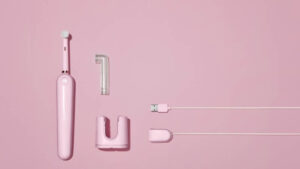
We are often contacted by customers complaining about a Sonicare toothbrush not charging. A charging issue is a common problem and can sometimes be misdiagnosed

Opting for an electric toothbrush for sensitive teeth can help alleviate discomfort and further protect against gum recession. But which model is ideal for those
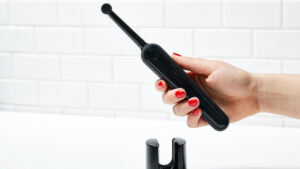
Have you learned how to use an electric toothbrush? It’s crucial to know not just for electricity but for any toothbrush type. Even though electric
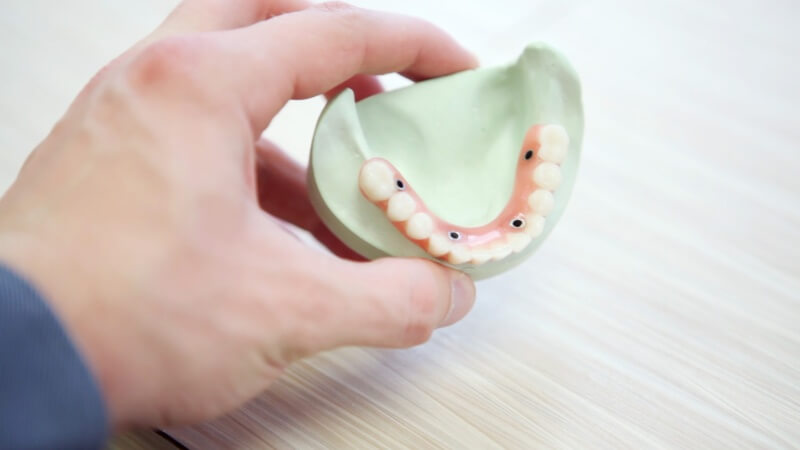
Tartar and plaque, known as dental calculus, form on teeth when plaque accumulates and starts to harden. Not only is tartar visually unappealing, but it
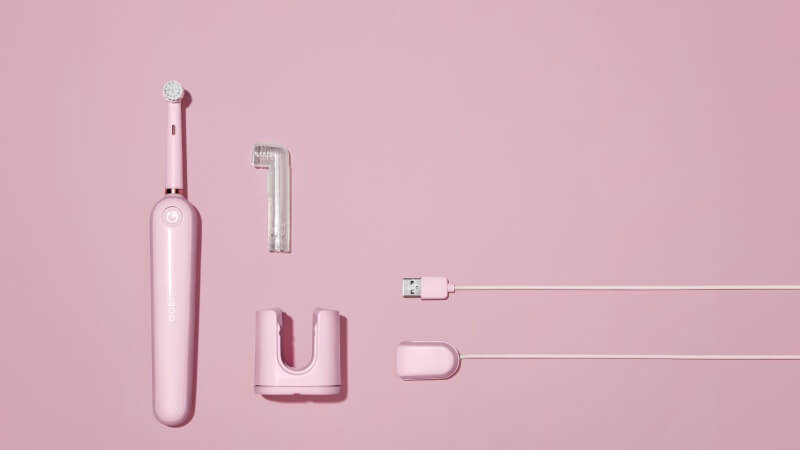
We are often contacted by customers complaining about a Sonicare toothbrush not charging. A charging issue is a common problem and can sometimes be misdiagnosed

Opting for an electric toothbrush for sensitive teeth can help alleviate discomfort and further protect against gum recession. But which model is ideal for those
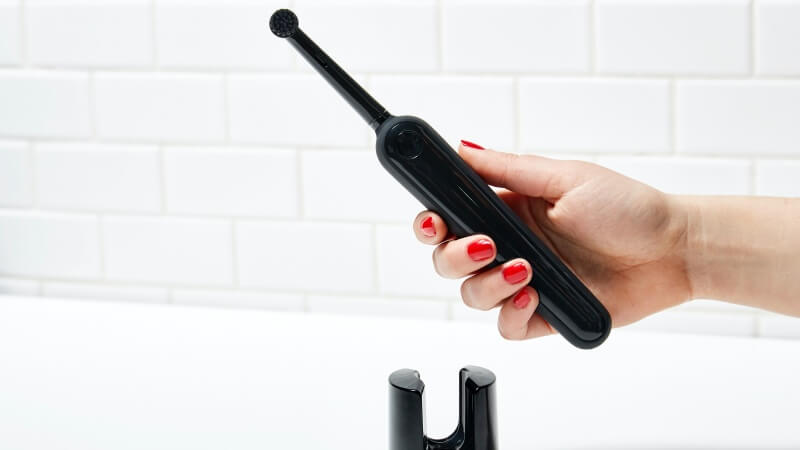
Have you learned how to use an electric toothbrush? It’s crucial to know not just for electricity but for any toothbrush type. Even though electric
Copyright © 2025 toothbrushsanitizerholder. All Rights Reserved.